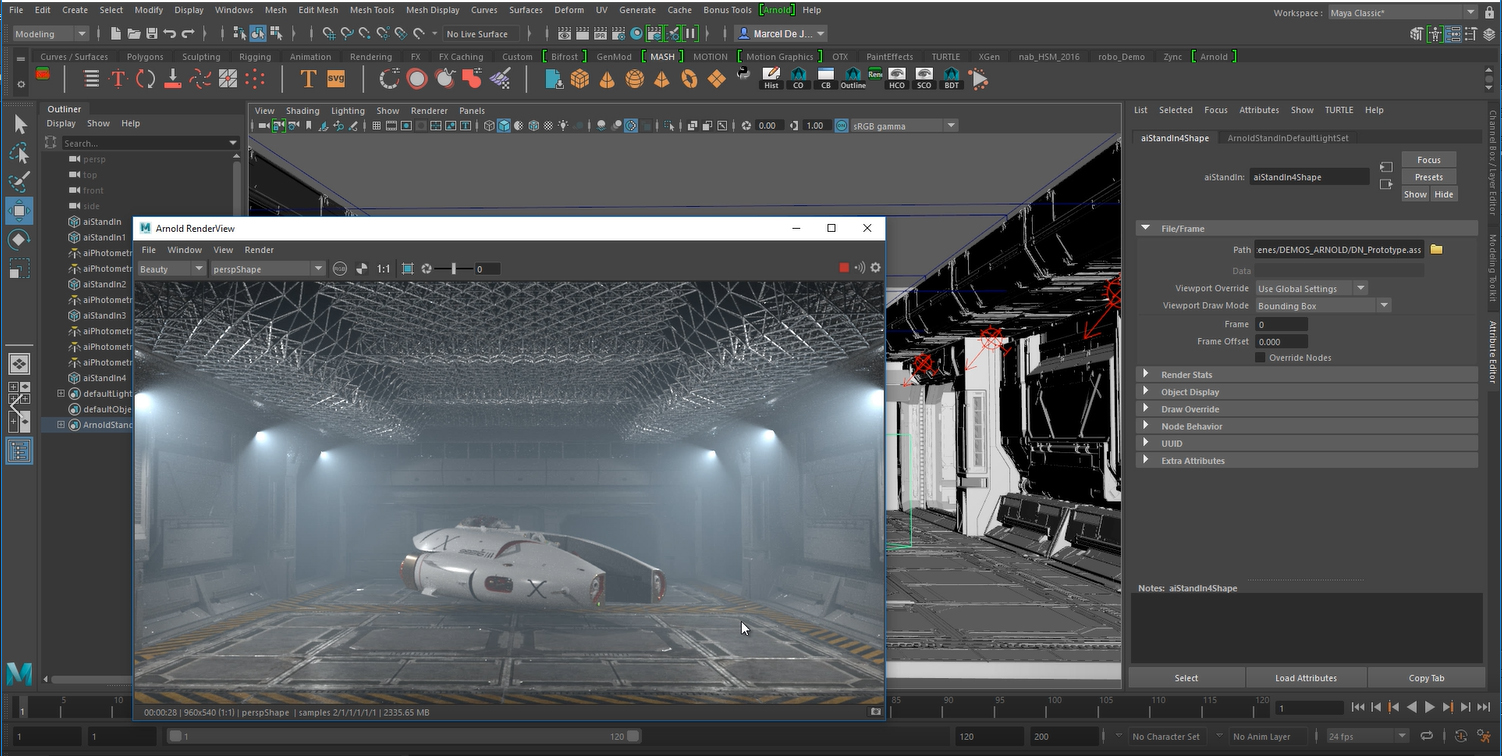Helical Pier Installers: The Foundation Experts You Can Trust

A strong and stable foundation is the key to any safe and durable structure. Over time, soil movement, moisture changes, or poor initial construction can lead to foundation settling or damage. That’s where helical pier installers play a crucial role. These professionals specialize in reinforcing and stabilizing foundations using advanced helical pier systems a trusted solution for both residential and commercial buildings.Whether you’re dealing with cracks in your walls, uneven floors, or sinking foundations, understanding how helical pier systems work and the importance of choosing skilled installers can make all the difference.
What Are Helical Piers?
Helical piers, also known as screw piles, are deep foundation elements made from steel shafts with helical plates welded to them. They’re designed to transfer a building’s load to stable soil layers deep underground.
Unlike traditional concrete footings, helical piers can be installed quickly, require no curing time, and cause minimal disturbance to your property. They are commonly used for:
- Foundation repairs and stabilization
- New construction on weak or expansive soils
- Retaining wall supports
- Decks, porches, and light commercial structures
Helical piers provide a long-term, cost-effective way to ensure a building remains level and structurally sound.
How Helical Pier Installation Works
The installation process is precise and engineered for strength. Professional helical pier installers follow a systematic approach to ensure stability and accuracy.
Step 1: Site Inspection and Soil Evaluation
Before any installation begins, specialists assess the property to determine soil type, load requirements, and the number of piers needed. This step ensures a custom plan tailored to your foundation’s needs.
Step 2: Pier Installation
Using hydraulic equipment, the helical piers are screwed into the ground until they reach a stable soil layer. The torque readings are closely monitored to verify load-bearing capacity.
Step 3: Bracket Connection
Once the piers are securely in place, foundation brackets are attached to the footing or slab. These brackets connect the structure to the piers, transferring the building’s weight to stable ground.
Step 4: Lifting and Leveling (If Required)
In cases of foundation settlement, the structure may be gently lifted back to its original level. Adjustments are made carefully to prevent structural stress.
Step 5: Final Inspection
Installers verify all connections and measurements to confirm the foundation is stable and secure.
This process typically takes one to two days, depending on the size of the project.
Benefits of Choosing Professional Helical Pier Installers
Hiring experienced professionals ensures precision, safety, and long-lasting results. Here are the main benefits of working with expert helical pier installers:
1. Accurate Load Testing
Professionals conduct load testing to confirm each pier can handle the structure’s weight. This eliminates guesswork and ensures dependable results.
2. Efficient and Clean Installation
Unlike traditional foundation methods, helical piers require no excavation or curing. Installation is fast, quiet, and causes minimal disruption to landscaping or structures.
3. Long-Term Stability
Once installed, helical piers resist movement from soil expansion, contraction, or erosion. They provide a permanent solution to foundation settlement.
4. Versatility
Helical piers are suitable for both new builds and existing structures. Whether you’re constructing an addition or stabilizing an old home, professional installers can tailor solutions to your needs.
5. Cost-Effective Results
Because installation is quicker and requires less heavy equipment, the overall project cost is often lower compared to traditional foundation repair methods.
When to Call Helical Pier Installers
Recognizing early warning signs of foundation problems can save you time and money. Contact professional helical pier installers if you notice any of the following:
- Cracks appearing in walls or ceilings
- Doors and windows that stick or won’t close properly
- Uneven or sloping floors
- Gaps forming around window frames or baseboards
- Water pooling near the foundation
Addressing these issues promptly helps prevent further structural damage and costly repairs down the line.
How to Choose the Right Helical Pier Installers
Choosing qualified and reliable professionals ensures the job is done correctly the first time. Here are a few things to consider when selecting helical pier installers for your project:
1. Certification and Experience
Look for companies with certified installers and proven experience in foundation repair and soil stabilization. Experienced professionals understand the complexities of local soil conditions.
2. Engineering Support
Reputable companies often work alongside structural engineers to design and verify the right piering system for your property.
3. Warranty and Guarantee
A trustworthy installer will provide a warranty on both materials and workmanship, ensuring peace of mind.
4. Transparent Pricing
Reliable contractors offer clear, detailed quotes that outline all costs upfront, without hidden fees.
5. Local Reputation
Check online reviews and testimonials to gauge the company’s reliability, customer service, and quality of work.
Advantages of Helical Piers Over Other Foundation Solutions
Helical piers are often preferred over traditional concrete or driven pile systems due to their efficiency and reliability. Here’s why they stand out:
- Faster Installation: No waiting for concrete to cure.
- Minimal Vibration: Safe for nearby structures.
- Year-Round Use: Can be installed in nearly any weather condition.
- Eco-Friendly: Requires less excavation and soil disruption.
- Immediate Load-Bearing Capacity: Foundations can be stabilized instantly after installation.
These advantages make helical piers a go-to choice for engineers, builders, and homeowners alike.
Applications of Helical Piers
Professional helical pier installers work across a variety of applications beyond residential foundations. Common uses include:
- Supporting commercial buildings and warehouses
- Stabilizing decks, patios, and porches
- Reinforcing retaining walls
- Supporting utility towers and light poles
- Lifting sunken sidewalks or driveways
The flexibility of helical pier systems allows them to adapt to projects of any size or complexity.
Maintenance Tips After Installation
Once your foundation is stabilized, minimal maintenance is required. However, regular inspections can ensure lasting performance.
- Check for new cracks or settling every few months.
- Maintain proper drainage around your property.
- Avoid excessive watering near the foundation.
- Schedule professional inspections every few years.
These simple steps help keep your structure safe and stable for decades.
Conclusion
Your home or building’s foundation is too important to leave to chance. When problems arise, working with experienced helical pier installers ensures a permanent, reliable solution. These experts combine engineering knowledge, advanced equipment, and precision installation to restore stability and protect your property for years to come.By choosing the right professionals, you’re not just repairing a foundation you’re investing in safety, peace of mind, and the long-term value of your structure.




